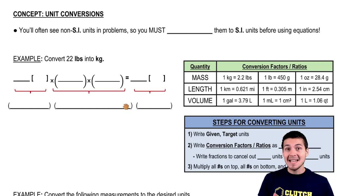A -MeV alpha particle from a Ra decay makes a head-on collision with a uranium nucleus. A uranium nucleus has protons.
(a) What is the distance of closest approach of the alpha particle to the center of the nucleus? Assume that the uranium nucleus remains at rest and that the distance of closest approach is much greater than the radius of the uranium nucleus.
(b) What is the force on the alpha particle at the instant when it is at the distance of closest approach?






